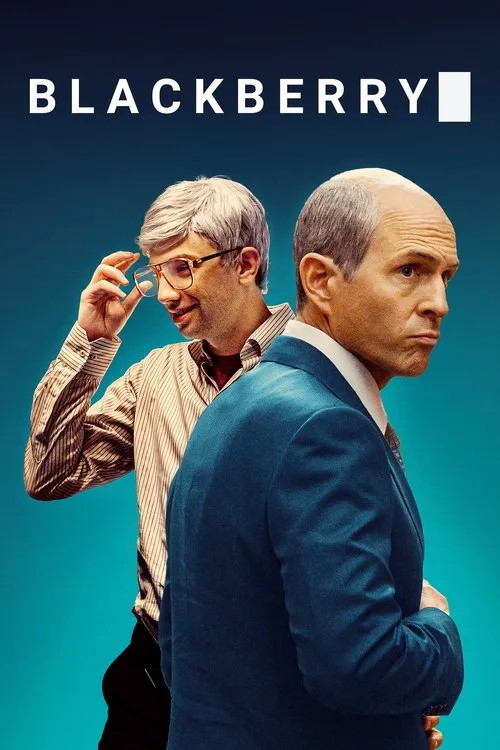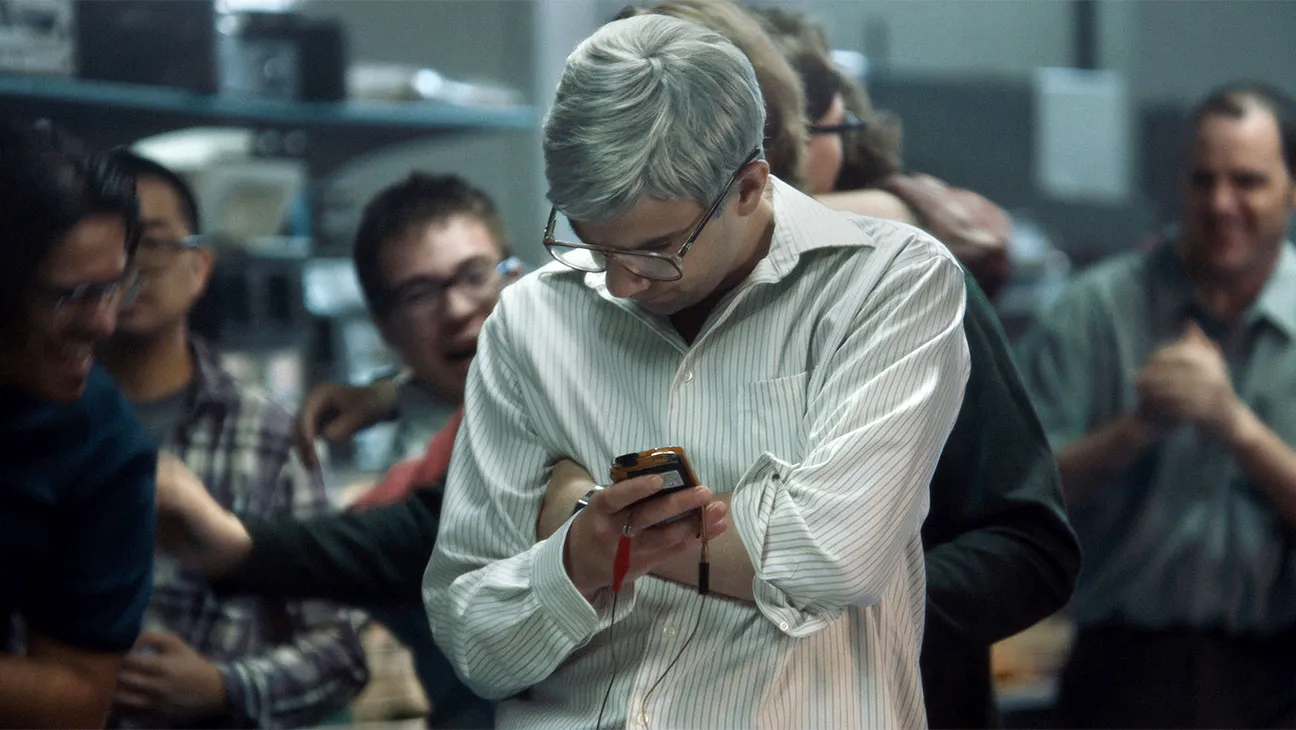BlackBerry

Plot
In the late 1990s, the world of technology was on the cusp of a revolution. Personal digital assistants (PDAs) were becoming increasingly popular, but they were limited in their capabilities. They could store contacts, calendar entries, and notes, but they lacked the ability to communicate like a traditional phone. It was in this environment that Mike Lazaridis, a brilliant engineer with a passion for innovation, and Jim Balsillie, a ruthless businessman with a talent for sales, joined forces to create a device that would change the world. Lazaridis and Balsillie came from different backgrounds and had different personalities, but they shared a vision of creating a device that combined the functionality of a PDA and a phone. Lazaridis was a meticulous engineer who was obsessed with creating a product that was both innovative and user-friendly, while Balsillie was a marketing guru who was more concerned with the financial potential of the device. The two men met at the University of Waterloo, where Lazaridis was studying engineering and Balsillie was studying business. They formed a business partnership, called RIM (Research in Motion), with a small grant from the Canadian government to create a device that combined a PDA and a phone. Their first product, the BlackBerry, was initially a two-way pager that allowed users to send and receive email, as well as receive faxes and pages. The device was initially only available to corporate users and was marketed primarily through its security features, which made it ideal for business users. However, Lazaridis and Balsillie were dissatisfied with the limitations of the device and set out to create a more advanced product. They added a physical keyboard, which made typing easier and more efficient, as well as a built-in web browser and instant messaging capabilities. The new device, which they called the BlackBerry 850, was released in 1999 and was an instant hit. Its popularity was largely due to its ease of use, security features, and robust email capabilities. The device quickly became popular among corporate users, who appreciated its ability to manage their email and calendar appointments on the go. As the popularity of the BlackBerry grew, so did the company. Balsillie's marketing skills and Lazaridis's engineering prowess made them a formidable team, and they expanded their product line to include new devices, such as the BlackBerry 850 and the BlackBerry 857. One of the key factors that contributed to the success of the BlackBerry was its unique business model. RIM licensed the BlackBerry operating system to various carriers, which allowed the company to sell the device directly to users while generating significant revenue from licensing fees. This model was highly lucrative, and RIM's revenue grew rapidly. By the early 2000s, the BlackBerry had become a global phenomenon, with millions of users worldwide. Its popularity was fueled by its ease of use, security features, and robust email capabilities. It was not uncommon to see corporate users in boardrooms and conference rooms, thumb-typing messages on their BlackBerries. However, the success of the BlackBerry was not without its challenges. The company faced intense competition from other smartphone manufacturers, such as Nokia and Microsoft, which were developing devices that offered similar features at a lower price point. Balsillie's aggressive business tactics also created tensions within the company. Some employees felt that he was too focused on profit and not enough on innovation, while others felt that he was dictatorial and inflexible. Despite these challenges, RIM continued to innovate and expand its product line. In 2008, the company released the BlackBerry Storm, a touchscreen smartphone that marked a major departure from its traditional QWERTY devices. However, the Storm was not a commercial success, and the company faced significant challenges in the years that followed. The rise of the iPhone and Android smartphones, which offered a more intuitive user interface and a wider range of applications, eroded the BlackBerry's market share. In 2013, Balsillie left the company, and Lazaridis returned as co-CEO. However, the damage had already been done, and the company was facing significant financial and operational challenges. In 2015, RIM was rebranded as BlackBerry, and the company launched a new line of devices, including the BlackBerry Classic, which featured a physical keyboard and a range of productivity features. However, the company continued to struggle, and in 2019, it announced a significant restructuring plan that included the layoff of thousands of employees. The plan was widely seen as a last-ditch effort to revitalize the brand and restore its position in the highly competitive smartphone market. In the end, the BlackBerry's meteoric rise and catastrophic demise serves as a cautionary tale about the challenges of innovation and the importance of adapting to changing market conditions. While the device was once hailed as a revolutionary innovation, it ultimately failed to keep pace with the rapidly changing smartphone landscape. The legacy of the BlackBerry, however, continues to be felt in the tech industry. Its innovative features, such as the physical keyboard and robust email capabilities, continue to influence the design of modern smartphones. And the story of Mike Lazaridis and Jim Balsillie serves as a reminder of the importance of innovation, collaboration, and adaptation in achieving success in the highly competitive world of technology.
Reviews
Recommendations





